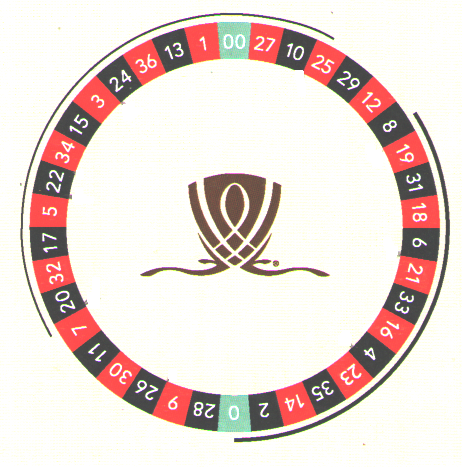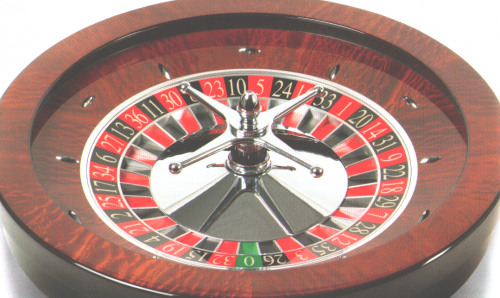Ask The Wizard #309
I saw the following rules on a bar-top blackjack machine at Binion's in Las Vegas: Single deck, dealer stands on soft 17, blackjack pays even money, both player and dealer must stand on six cards, and no doubling or splitting. What is the house edge on this awful set of rules?
Ouch! According to Norm Wattenberger, creator of Casino Vérité blackjack software, the house edge under these rules is 4.30%. This does not factor in the rule about standing on six cards, which I figure cuts roughly equally both ways. Unfortunately, bar-tops elsewhere have this same set of terrible rules.
This question is asked and discussed in my forum at Wizard of Vegas.
What would be the answer to the dice problem in Ask the Wizard column #179, if the players took turns rolling the dice and only the player rolling could advance based on the roll?
Here was the original question posted in column #179: If two dice are rolled over and over, until either of the following events happen, then which is more likely to happen first:
- A total of six and eight is rolled, in either order, with duplicates allowed.
- A total of seven is rolled twice.
Your twist is that the same roll can't help both players. Instead, they take turns rolling and only the one rolling can use the roll.
The answer depends on who rolls first. If the player needing a six and eight rolls first, then he has a probability of winning of 57.487294%. If the player needing two sevens goes first, then the probability the player needing the six and eight wins is 52.671614%. I solved it using a simple Markov Chain process.
This question is asked and discussed in my forum at Wizard of Vegas.
That game Flip It at the Rio looks countable. Do you have any advice on which bet is the most vulnerable?
The red and black bets seem the most vulnerable. I would do a simple red/black count, as follows:
- Let C = count (where red cards are +1 and black cards are -1)
- J = count of jokers left in the shoe
- if J-C < 0 then bet on black
- If J+C < 0 then bet on red
For example, if after some play cards played are:
red = 100black = 75
jokers = 10
The remaining cards would be:
red = 108black =133
jokers = 14
The count would be +25. Jokers remaining - C = 14-25 = -9. Because that is less than zero, bet on black, because there are more good cards left (133) than bad cards (122) on the black bet.
Is there any pattern to the order of the numbers on the roulette wheel?


The idea is that the wheel should be balanced. In other words, if you took the average of a section of consecutive numbers on the wheel, they would be close to the average number 18.5. I thought of a way to explain how the numbers are distributed on a double-zero wheel, as follows.
- Position the 00 at the 12:00 position and the 0 at the 6:00 position.
- The numbers at the top of the wheel are 13, 1, 00, 27, 10*, 25. This must simply be memorized.
- All low odd numbers (from 1 to 17) are on the left side and the high odds (19 to 35) on the right side.
- Starting with the 1 and 13, move four positions counter-clockwise to get the next odd, but do not pass the zero.
- As an exception to rule 4, do not place the 19 four positions counter-clockwise from the 17, because the 19 is a high odd and belongs on the right side. Instead, put the 11, the only low odd not otherwise covered in rule 4.
- All even numbers are directly across the wheel, 180 degrees, from the preceding odd number.
I'm at a loss to explain the order on a single-zero wheel. For now, I can say that if you put the zero in the 12:00 position, then:
- On the left side will be all red low numbers and black high numbers.
- On the right side will be all red high numbers and black low numbers.
This question is raised and discussed in my forum at Wizard of Vegas.
As you probably know, 16-seed UMBC beat 1-seed University of Virginia in the NCAA basketball championship tournament. This has never happened before in the 34-year history of March Madness in its present format. How does this affect the probability of filling out a perfect bracket.
After adjusting my model for that game and all others in the 2018 season, I get a probability of a perfect bracket of 1 in 42,743,890,552. You can read my strategy and how I arrived at that figure in my page Probability of a Perfect Bracket.




